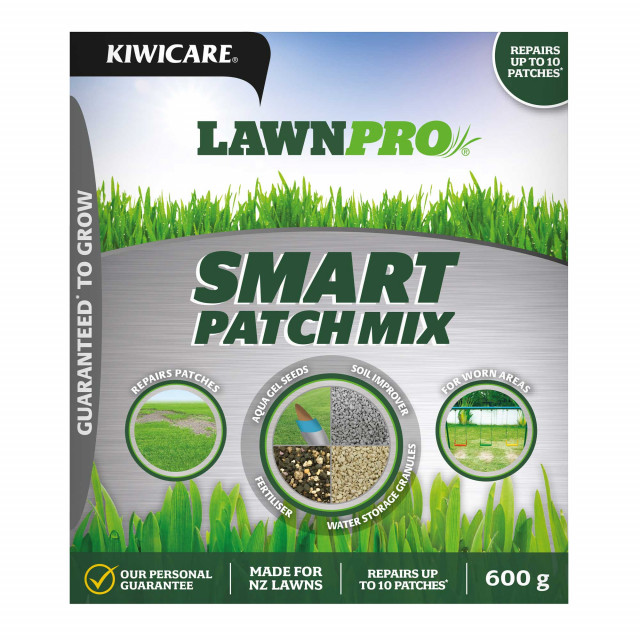Solve problems in and around your home.
Start Problem Solver

Bare patches in lawns can have many causes, the most common causes are described here. First the cause must be addressed and then the lawn can be repaired.
These are the most common causes of bare patches in lawns:
It is important to identify and solve the underlying problem that caused the bare patches before the patches are repaired. Use the links in the Identifying section above or the Problem Solver to identify the problem in your lawn and find the solution.
Patch Repair
Preparation
Sowing Seed
After Sowing
*For large areas and new lawns use LawnPro Smart Lawn Seed. For thickening lawns that have thinned out but don't have distinct bare patches use LawnPro Lawn Thickener.

LawnPro Smart Patch Mix is all you need to fix and repair worn and browned off patches in your lawn.

LawnPro Lawn Thickener is an innovative product for easy application of lawn seed and nutrients to lawns to help…

LawnPro Smart Lawn Seed with Aqua Gel Technology is guaranteed to grow! Suitable for Full Sun, Shade, Patches a…